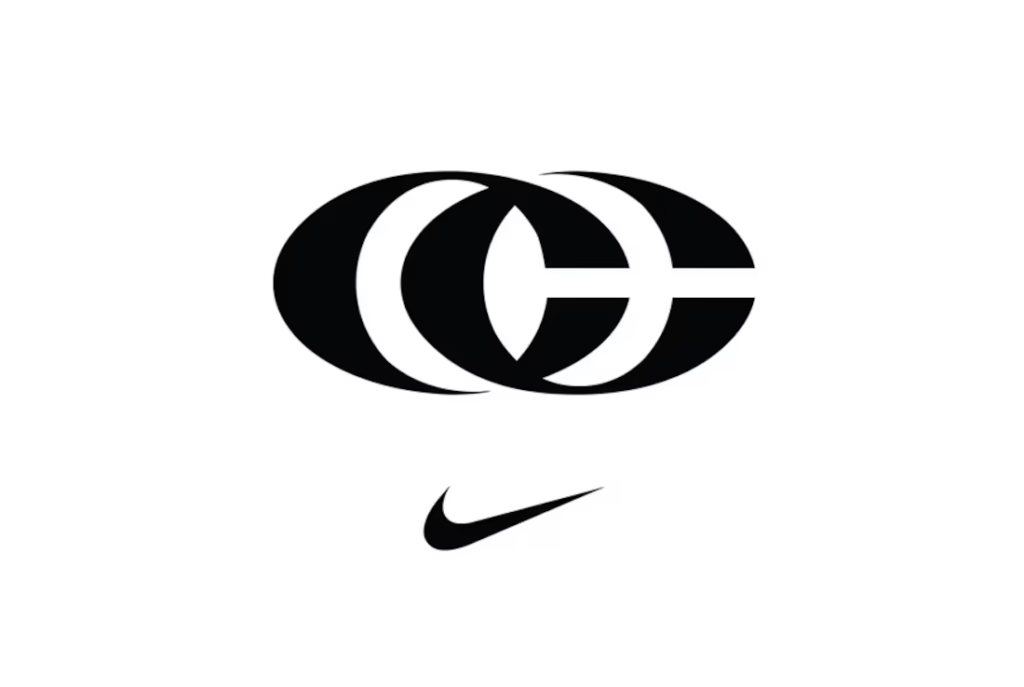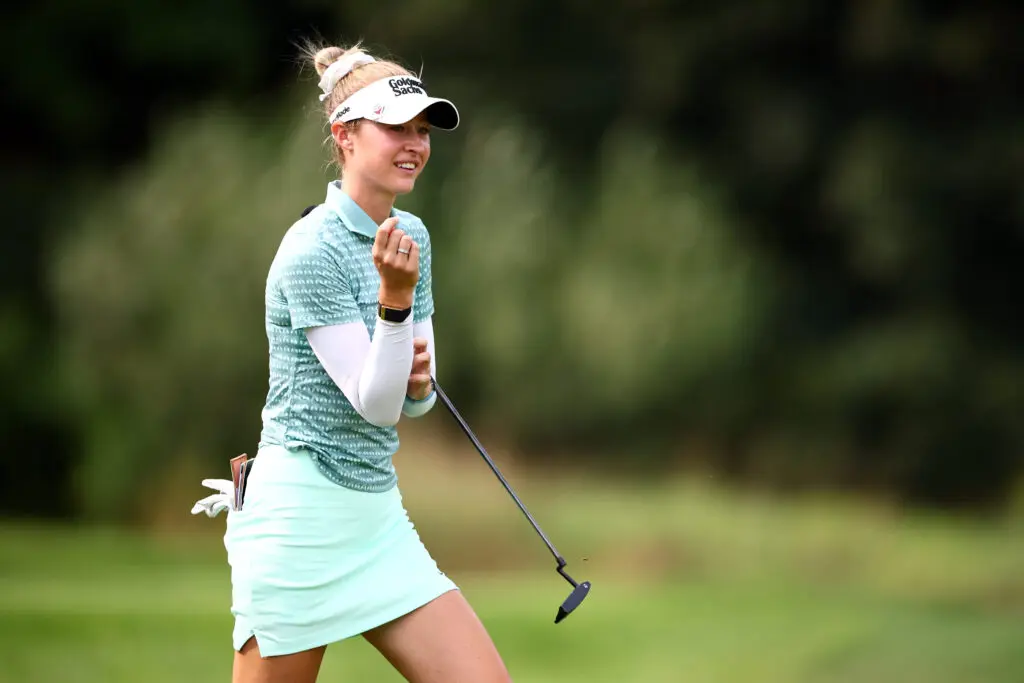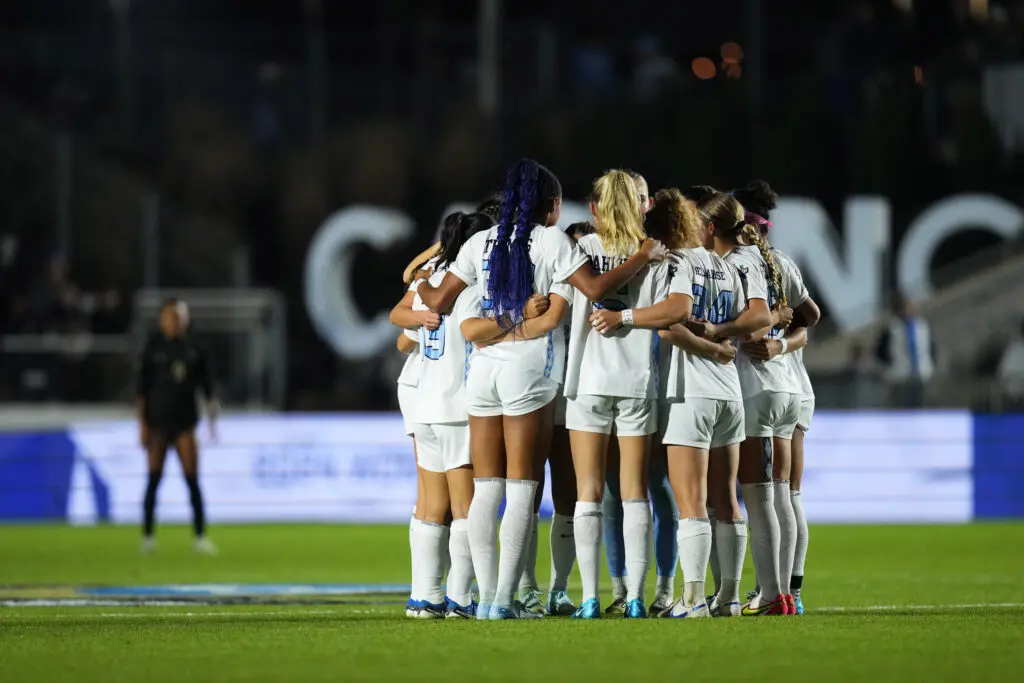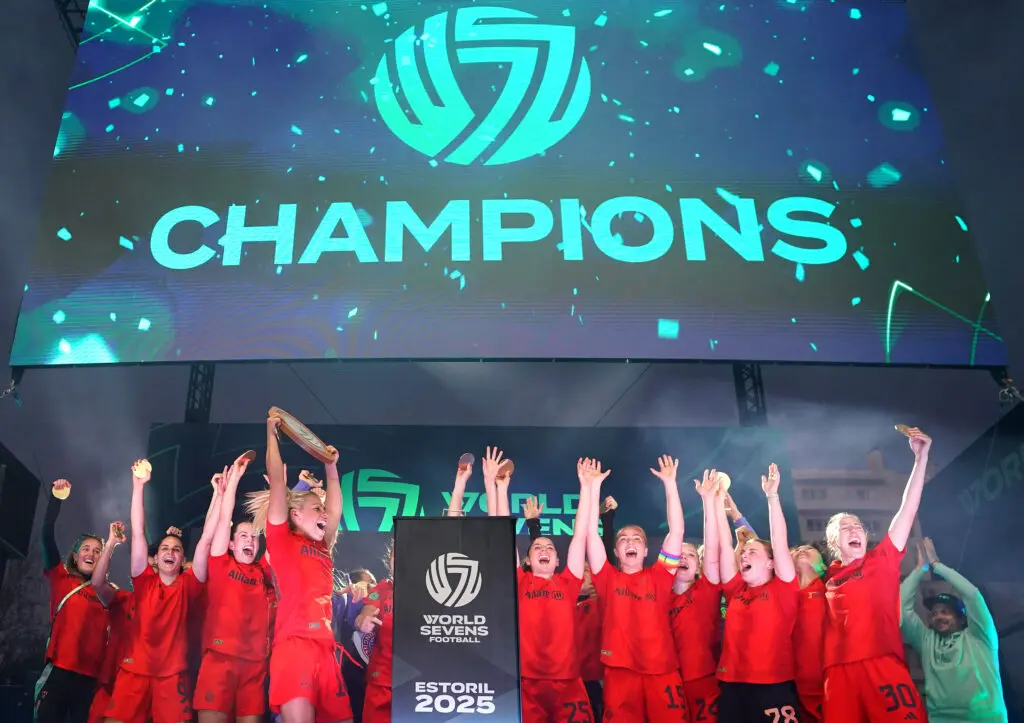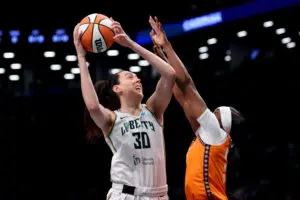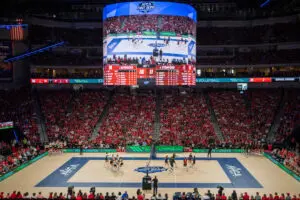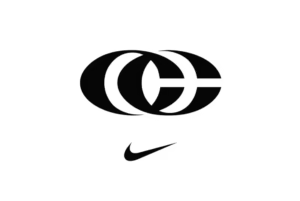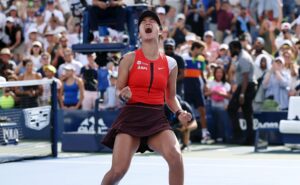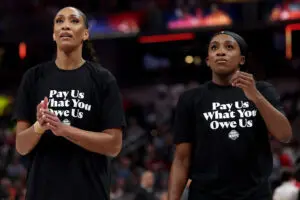There was a time when WNBA teams would dare Betnijah Laney to shoot fifteen times a game.
Forcing a player who averaged three points per game in her first four years in the WNBA to beat you, rather than the team’s top offensive threats, was an effective game plan. If Laney scored more than her usual three to five points off rebounds and transition buckets, the defense was still doing its job.
“I’ll be the first to say, if you go back and look at a scout, we just helped off of her. It didn’t matter what year it was, we weren’t going to guard her when she didn’t have the ball,” said former Atlanta Dream head coach Nicki Collen. “We were going to go under every screen. She made a couple shots occasionally against us because we played her so soft, and that was the game plan.”
Now, going under a screen on Laney would be considered a defensive breakdown.
Through ten games with the New York Liberty, the 27-year-old is averaging 21 points per game. She has scored 20-plus in nine of those ten games, including a team-leading 23 points in a win over the Mercury on Sunday night. Her performance has made her an early candidate for league MVP.
But Collen wasn’t thinking about Laney as a scorer when the Dream signed her in 2020 before the bubble season, making it her fourth WNBA stop in five seasons. In a year filled with so much uncertainty, the Dream believed Laney would provide steadiness. She had a reputation as someone who seized an opportunity by playing tough, defensive-minded basketball.
“We went and got Betnijah because I thought this is a kid that’s going to come to the bubble and really compete,” said Collen. “It didn’t matter where she played or who we talked to about her, the message was always going to be the same: She is a great teammate, she plays really hard and she’s going to do whatever you ask of her.”
It was during one particular shooting drill in training camp, in which players would end up taking 50 shots, when Collen and her staff began to see Laney in a different light.
She made 44 of her 50 shots.
“It was like, wow, this is a player who isn’t supposed to be able to shoot. Every day she would come in and it was like, there is absolutely no reason why she can’t shoot,” said Collen. “Her shot prep is good, her form is good. I literally said to her, ‘You know the scouting report on you is that you can’t shoot, right?’”
Laney knew. But she also knew that hadn’t always been the case.

Laney was used to scoring at will as a guard at Smyrna High School in Delaware, earning McDonald’s All-American honors as a senior. At Rutgers, Laney was expected to score when the team needed her to, rebound, defend and make the hustle plays. She did her job well, averaging a double-double of 15.8 points, 10.7 rebounds per game her senior season and graduating as one of four Scarlet Knights to accumulate over 1,400 points and 900 rebounds during her career.
The majority of Laney’s points in college came from mid-range shots and looks closer to the basket. She wasn’t considered a threat from deep, shooting just under 29 percent from beyond the arc on limited attempts in her four years.
Drafted into the WNBA in 2015 as a second-round pick, Laney made the transition from power forward back to guard with the Chicago Sky and the expectations from her college days remained.
“I have been in situations where, ‘That’s just not what we need you to do. We need you to play defense and play hard.’ Even though I felt like I was capable of scoring, it was more so me submitting to the role that my coaches felt like was for me on the team,” Laney said.
“I don’t ever want to get outside of what is being asked of me or feel like I am being hard-headed. If the opportunity did come, then I was going to be ready.”
When Collen saw the shots Laney was knocking down in practice last year, she decided to give her that chance. “Let’s change the scouting report,” Collen told Laney. “What I would like to see you do is take the approach that you shoot the basketball when you’re open. Until I tell you not to, I want you to shoot every time you’re open.”
With the green light from her coach, Laney started shooting more, and her confidence grew with each outing. Suddenly, teams had to game-plan around her and were still unable to stop her.
Laney averaged 17.2 points, 4.9 rebounds and four assists per game in the bubble, earned a spot on the All-Defensive First Team and was named the WNBA’s Most Improved Player. She credited Collen with empowering her to unlock a part of her game she always knew she had.
“Her seeing the work that I had put in and seeing my value, it just spoke volumes. It gave me that extra boost, that extra bit of confidence that I needed to just be free,” Laney said. “There are a lot of players that are very talented, very capable, but they just don’t have that freedom to just play their game. I just took it and ran with it.”
Laney’s breakout campaign led New York to seek her out in free agency and sign her to a multi-year deal in February. It took the Connecticut Sun, arguably the top defensive team in the league, to even begin to slow Laney down nine games into the season. She’s currently fourth in the league in scoring, shooting 48.7 percent from the field and 38.1 percent from deep, and sixth in distribution with 5.4 assists per game.

Those numbers might baffle anyone who watched her play in Chicago, Connecticut and Indiana, or who looks at her career stats prior to 2020. But Laney has always been working in the background, preparing for this moment.
“It’s all about game simulation for me,” Laney said. “I don’t go out and just work on random things. When I am in the gym and looking for particular shots, I ask myself, ‘Are these shots that I know that I will take in a game?’”
At this point, Laney has very few holes in her game. She can score at all three levels — in the paint, in the mid-range and from beyond the arc. She is active off the ball and understands spacing exceptionally well. She can initiate the offense and open up the floor for her teammates with great court vision and decision-making ability. With one of the best mid-range pull-ups in the league, Laney can create for herself off the dribble or penetrate and kick it out to an open teammate.
Laney credits her mother Yolanda Laney — an All-American point guard for coach C. Vivian Stringer at Cheyney State in the early 1980s — for her development as a mid-range scorer.
“She said everybody wants to shoot 3s, everybody wants to get to the basket, but there aren’t a lot of players that have that mid-range go-to,” Laney said. “And that’s what it was for me, that’s where I was comfortable. It wasn’t too far out — it was close enough where I could be consistent.”
Laney uses her experience as a post player in college to her advantage, working to get even smaller defenders switched to her and exploiting the mismatch. With her size and strength, she can post defenders up or back them down and finish close to the rim.
What a clinic by @BetnijahLaney! Huge game and final basket 🤩#SeafoamSZN
— New York Liberty (@nyliberty) June 14, 2021
Presented by @WithingsEN | #WithingsCommunity pic.twitter.com/Xg9Sb5Wype
Defensively, Laney prides herself on game-planning and analyzing opponents. She studies habits and can tell you what almost every team is going to do.
“When we are playing teams, I am watching their last couple of games to try and see their tendencies if we haven’t played them yet,” she said. “Or if we have, what did they do last time that worked for them and how can I be better about that the next go around?”
So, what is the WNBA’s scouting report on Betnijah Laney now? You have to get in her space and make things difficult for her on the catch. You need five players communicating about where she is at all times. You can’t let her cut across your face with easy lines to the basket. You have to contest all of her shots and put someone on her who can size her up on the glass.
And, of course, there’s no more going under screens when Laney has the ball.
“I am a lot more comfortable and a lot more confident in what it is that I am doing,” Laney said. “Coming in, I was nervous, not really sure of what it was I was supposed to be doing. And now I know for sure. The experience and work that I have put in has gotten me to where I am at now.”

